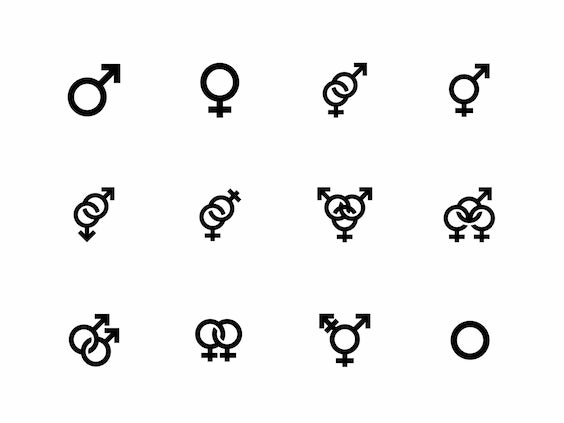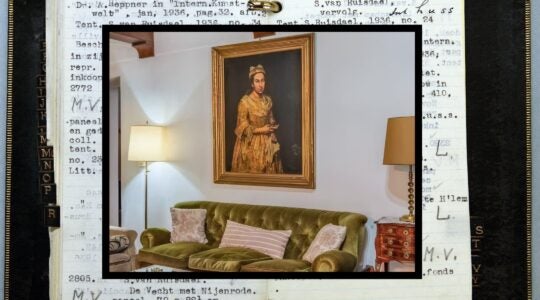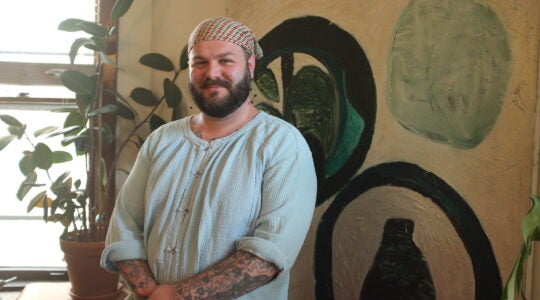
The Jewish obligation to observe commandments is traditionally divided along male/female lines: men pray three times daily, while women don’t have to; men put on tefillin, while women do not. Some women’s recent efforts to observe the religious privileges they’re exempt from have made ripples in the Jewish world, and even the news.
But what if we told you that the foundation for all this was wrong? That Judaism recognized not two, but as many as eight genders? The Mishnah describes half a dozen categories that are between male and female, such as saris or ailonit — the terms refer to an non-reproductive version of the male or female body, respectively — and categories that refer to ambiguous or indeterminate gender.
Although these terms seem to provide the refreshing view that a binary view of gender in Judaism is relatively recent, a closer look shows that Mishnaic rabbis were apt to privilege maleness in the case of indeterminate or multiple genders. But contemporary scholars like Rabbi Elliot Kukla are repurposing that halakhic discourse to provide a road map for our recognition of non-binary people in today’s Judaism. Gender-neutral restrooms start to look like small potatoes.
JTA has documented Jewish history in real-time for over a century. Keep our journalism strong by joining us in supporting independent, award-winning reporting.





